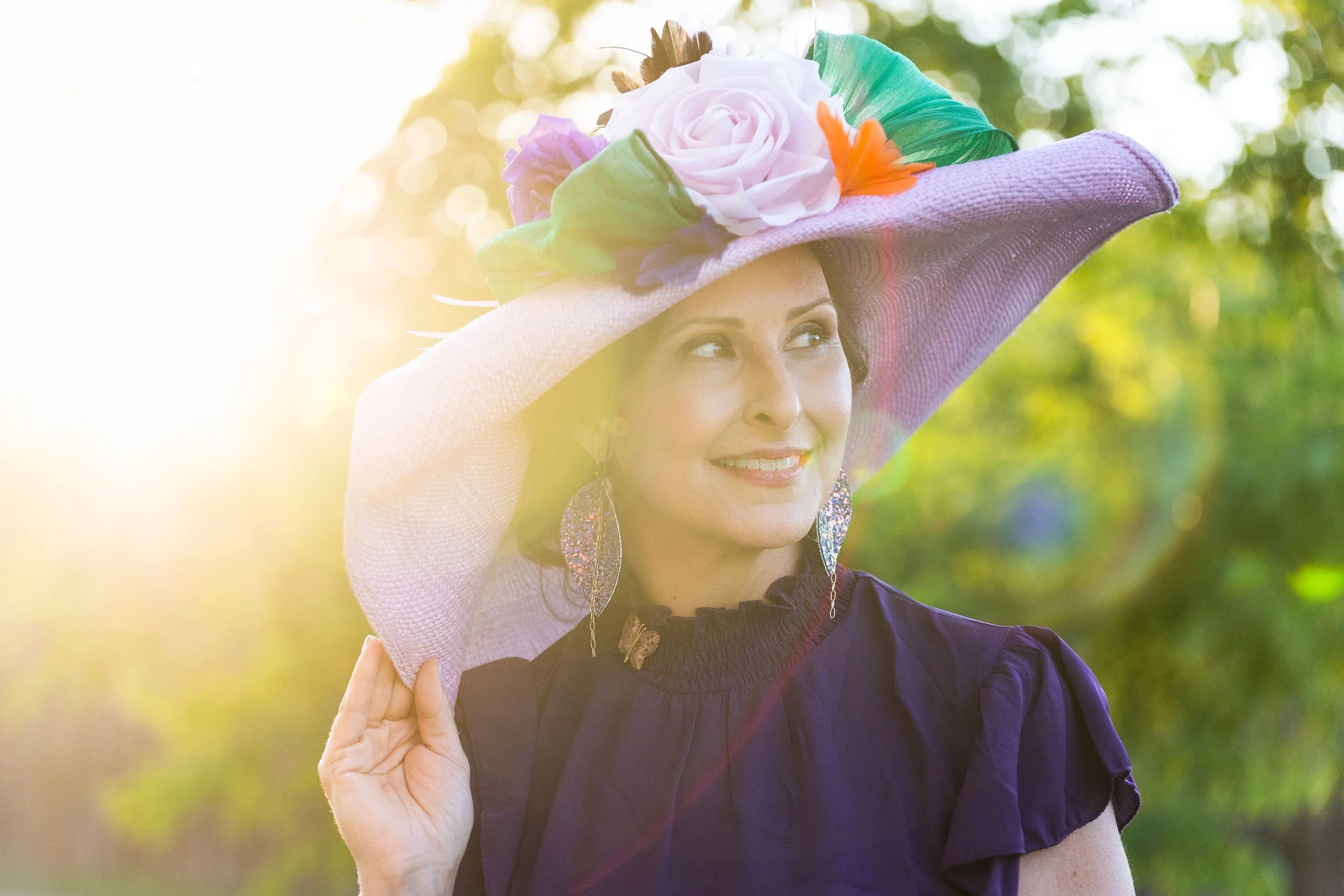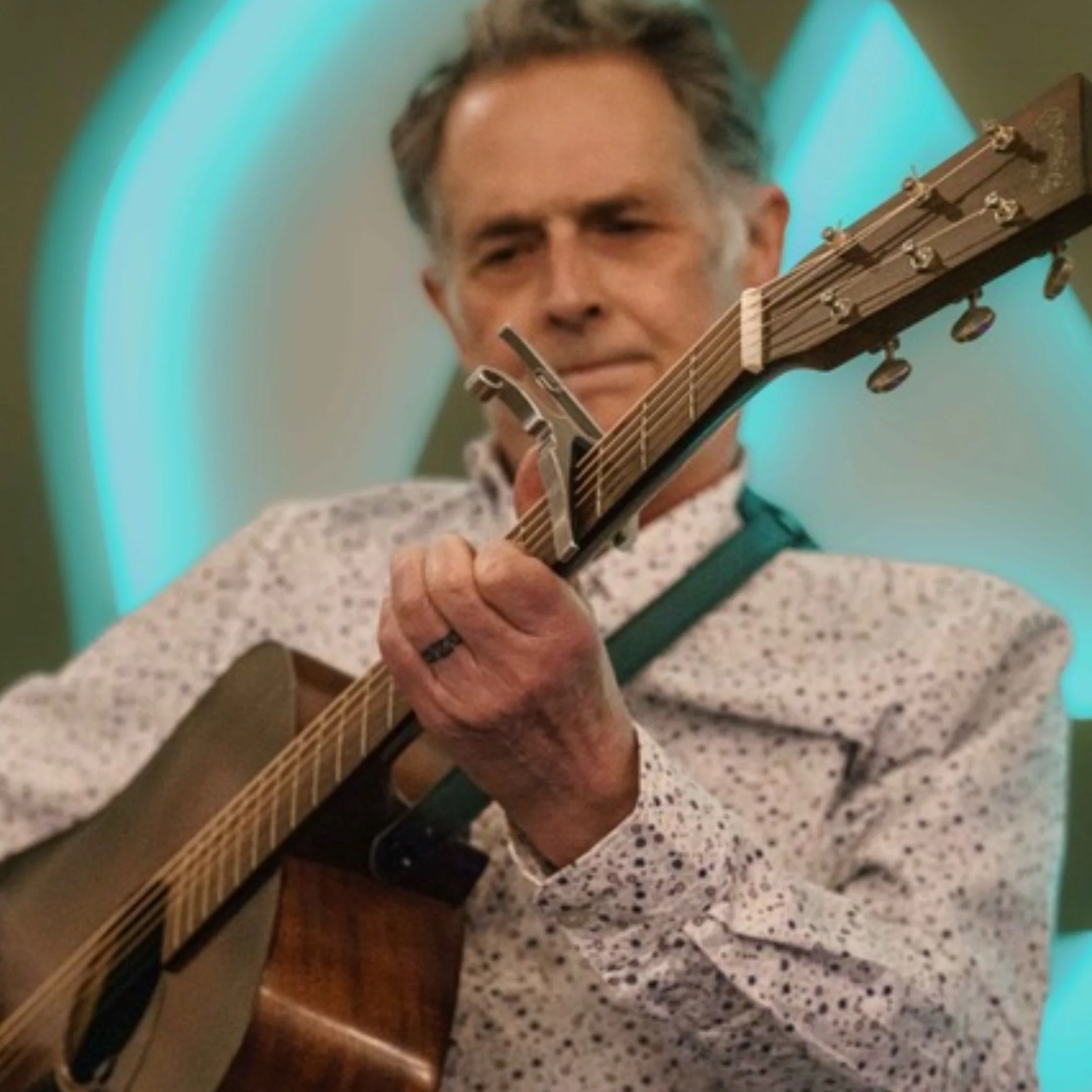By Jen Gilhoi
Prior to social distancing, making meaningful connections was top of mind for Dissonance. It was a topic of our February conversation at Story Well, an in-person monthly event (now virtual) that supports well-being through peer-to-peer connections. During the gathering, we explored virtual and in-person connections and provided people with healthy guidelines and examples.
The conversation drew awareness to negative feelings that some of us had experienced in online interactions, including hopelessness, isolation, loneliness, unworthiness and frustration. Those experiences—generally via social media—were very real and potentially damaging to our well-being before social distancing. Now, especially for those struggling with addiction, anxiety, depression and other mental health concerns, those negative experiences can be even more detrimental.
The community that Dissonance serves typically relies on human connections for therapy, accountability, and feeling seen and heard. With in-person connections severely limited due to the pandemic, the immediate instinct might be to gravitate to more online engagement or not engage at all. We offer hope in the reminder that the absence of in-person contact doesn’t rule out meaningful conversations or things like experiencing nature, creating something simply for the sake of creating, or taking time for self-care.
This extraordinarily stressful and vulnerable time allows an opportunity to strip out what doesn’t work, or simply isn’t available. It allows us to assess new ways of showing up, connecting and creating, and add back in over time only what serves us. This task can feel overwhelming because it includes honestly looking at our virtual and in-person identities, our creative-zone benefits (everyone is creative, by the way), how we relate to and deeply know ourselves, and how we relate to other individuals and the world at large.
It’s okay. Dissonance has your back. It starts with this COVID (Creating Our Virtual Identity with Dissonance) resource we conjured up, with creatives and those with mental health and addiction challenges in mind.
Virtual and In-person Identity
Set Expectations
Resist the tendency to follow every community and conversation that was in-person prior to social distancing into the virtual realm. Whether new online meeting platforms like Zoom are stressful or fun for you, remember that too much screen-time can cause real burnout and fatigue. Choose your online communities wisely, and consider new groups and communities that perhaps were not as accessible in the past (prohibitive due to transportation, time constraints, having to physically show up in some structured way). Assess the structure of the meeting and the number of participants, and set realistic expectations.
The Empathy Gap
It’s important to note that virtual meetings—while a vital alternative—can sometimes miss the mark. You can’t read body language as well, especially when someone isn’t showing their visual or if it’s a webinar – a one-way exchange of information. It’s harder to receive a knowing look, empathy, the energy of a space or visual cues; and people sometimes talk over each other, which can feel un-inclusive. In addition, hopping off an online group meeting where you only listened to info can leave you feeling empty or unheard, isolated. That’s not uncommon.
Social Media and News
Much of our virtual identity might be wrapped up in social media. If political posts haven’t already soured you on certain channels, COVID-19 posts are most certain to strike a nerve. So even while you’re on those channels, hopefully with good intentions, recognize that you cannot control others nor what might trigger you and send you into an anxious, fearful or depressive spiral. The same goes for news consumption. Pay close attention to your energy levels, the time of day, and your current environment; adjust accordingly to prioritize your well-being. Strive for consistency between your in-person and virtual identities.
TIPS
After a large-group online meeting, make it a point to reach out to have a one-on-one conversation, ideally with someone who was in the same meeting.
Walk away / log off of social media if something frustrates you. Do not engage. Instead, seek a one-on-one conversation with a trusted friend to work through your frustration.
Stick to the positive when it comes to your contributions to social media.
Limit your intake of social media and news; hide or delete social apps on your mobile phone.
Plan to do something uplifting (like taking a walk) right after your social media and news intake session is over.
Creative-zone Benefits
Judgment-free Zone
All of us are creative, but not everyone readily knows how to access those creative muscles. Artists and creative-types engage frequently and understand the creative process more deeply because it represents their financial and/or spiritual livelihood. However, because there is a certain outcome many artists seek in creating—i.e. the sale or promotion of their art—there may be more roadblocks or weightiness around creating in the time of COVID-19. It can strain our mental health. On the other hand, creating art for the sake of creating art, with no judgments or expectations, has many benefits for the brain and our mental health. It’s a good idea whether you’re a professional artist or a novice. Just create.
TIPS
Create without personal or commercial expectations.
Experiment with different mediums or combine ideas to help you work through what is on your mind.
Work solo or with others (even if remotely) – mix it up.
Set aside uninterrupted time to be creative. Allow work to be complete at the end of one session, or let it carry over and evolve. Anything goes.
Identifying with Self
Often the person we are least patient or forgiving with is ourselves. Can we give ourselves more self-love and grace during this time? Be resourceful in the ways you make time for self-care. No matter what, do at least one small thing daily that allows you to love yourself. Perhaps that’s omitting some activities that do not contribute to your feeling worthy or valued. Start by looking at your online, mobile phone, and social media usage, which may point to what’s not serving you.
TIPS
Schedule your daily self-care – what activity is it? Start small.
Enjoy nature.
Make time for self-exploration and personal adventures. If you’re up to it, solve larger challenges with small daily steps.
Set screen-time restrictions for all devices and apps.
Reduce your social media and news consumption; fill the time by engaging in new or existing communities, relationships and self-care activities.
Meaningful Connections
Relationships are Work
Now is the perfect time to ask if our relationships and ways of connecting before the pandemic were truly serving us and others. In the busyness of life pre-COVID-19, we might have said, yeah, sure, things are fine. However, now that life has been inconveniently altered, sensitivities and dysfunctions—perhaps there all along—are rising to the surface and threatening our mental health and well-being more than usual. It seems unimaginably harsh that we have to deal with these challenging issues while experiencing such uncertainty in our daily lives and the world. But maybe we can embrace this time and the work to be done by setting our sights on the outcome and going straight through the pain.
One-on-one
It’s also a time to think about the beautiful benefits of one-on-one conversations. A long phone or video call with a close friend or family member might provide just the lift you—and they—need. Even in our routine daily communication, we can aim for more verbal dialogue. Before firing off a response on social media to something that triggers you or crafting the perfect text response, consider if that exchange could be healthier in a real-live conversation (via phone, Facetime or Zoom, for example). Use your intuition. If something in a virtual or written exchange seems sensitive or off to you, chances are it is. A conversation approached with empathy can go an amazingly long way.
TIPS
Reach out to someone you met or connected with in a virtual meeting to let them know they were heard.
Connect with people one-on-one through a phone call or direct message.
Use this time to connect with the people most important to you.
Mail a handwritten note or gift.
Use a delivery service to send someone something thoughtful.
During May, which is National Mental Health Awareness Month, and throughout the summer, we'll share more content around healthy ways we're showing up during distancing. We invite you to engage with us in these conversations by sharing one or more in our series of graphics, created by board member Mariah Wills, as a way to check in. Are you working on exploring your creative-zone benefits and finding some great ways to do this? Maybe you're taking more time for yourself, and it feels good right now. Share that too! You can find the graphic series on our social media channels — be sure to hashtag #DisWayToWell so we see and hear you!
Jen Gilhoi is a Dissonance board member.











